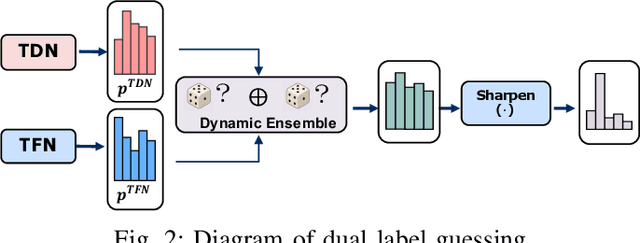T$^2$-Net: A Semi-supervised Deep Model for Turbulence Forecasting
Paper and Code
Oct 26, 2020



Accurate air turbulence forecasting can help airlines avoid hazardous turbulence, guide the routes that keep passengers safe, maximize efficiency, and reduce costs. Traditional turbulence forecasting approaches heavily rely on painstakingly customized turbulence indexes, which are less effective in dynamic and complex weather conditions. The recent availability of high-resolution weather data and turbulence records allows more accurate forecasting of the turbulence in a data-driven way. However, it is a non-trivial task for developing a machine learning based turbulence forecasting system due to two challenges: (1) Complex spatio-temporal correlations, turbulence is caused by air movement with complex spatio-temporal patterns, (2) Label scarcity, very limited turbulence labels can be obtained. To this end, in this paper, we develop a unified semi-supervised framework, T$^2$-Net, to address the above challenges. Specifically, we first build an encoder-decoder paradigm based on the convolutional LSTM to model the spatio-temporal correlations. Then, to tackle the label scarcity problem, we propose a novel Dual Label Guessing method to take advantage of massive unlabeled turbulence data. It integrates complementary signals from the main Turbulence Forecasting task and the auxiliary Turbulence Detection task to generate pseudo-labels, which are dynamically utilized as additional training data. Finally, extensive experimental results on a real-world turbulence dataset validate the superiority of our method on turbulence forecasting.
 Add to Chrome
Add to Chrome Add to Firefox
Add to Firefox Add to Edge
Add to Edge